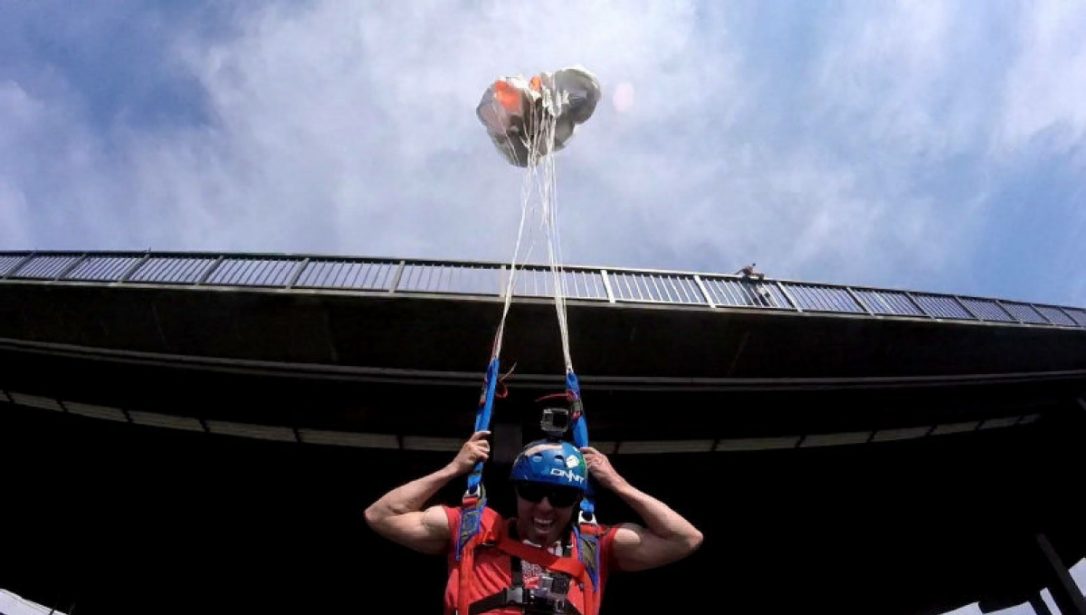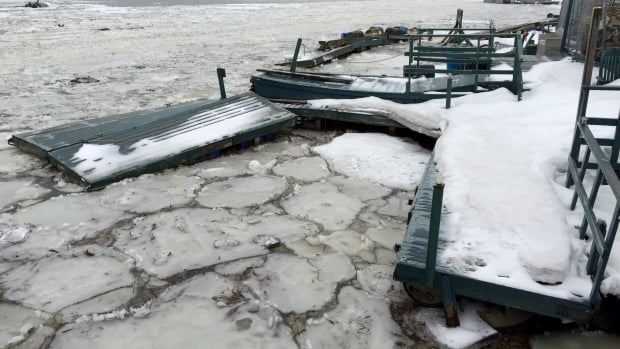BASE Jumping Enthusiasts Defend Extreme Sport After Fatal Accident in B.C.

VANCOUVER—Sean Chuma describes it as a spiritual moment, standing on the railing of the Perrine Bridge, 150 metres above the meandering Snake River in southern Idaho.
Moments later, his mind completely focused on the present, he said he hurled himself into the stifling afternoon air.
“I have a passion for flight,” the BASE jumping enthusiast said by phone less than an hour later, having successfully completed the 3,767th jump of his career.
“The feeling is complete freedom. It’s complete responsibility for yourself,” he added. “It’s just a beautiful thing.”
BASE jumping, which stands for building, antenna, span and Earth, is an extreme sport that involves leaping from tall structures or cliffs with the help of a parachute or wingsuit. It’s considered more dangerous than skydiving because of the low altitude jumps.
Avid jumpers such as Chuma dispute the widely held view that the adrenaline rush fuels athletes’ passion for the extreme sport.
They describe it instead as a spiritual activity, that isn’t done impulsively but rather follows years of meticulous research, planning and study.
On Sunday, longtime jumper and former U.S. marine Gary Kremer of Seattle died when his parachute failed to open after leaping from the Stawamus Chief Mountain outside Squamish, B.C.








